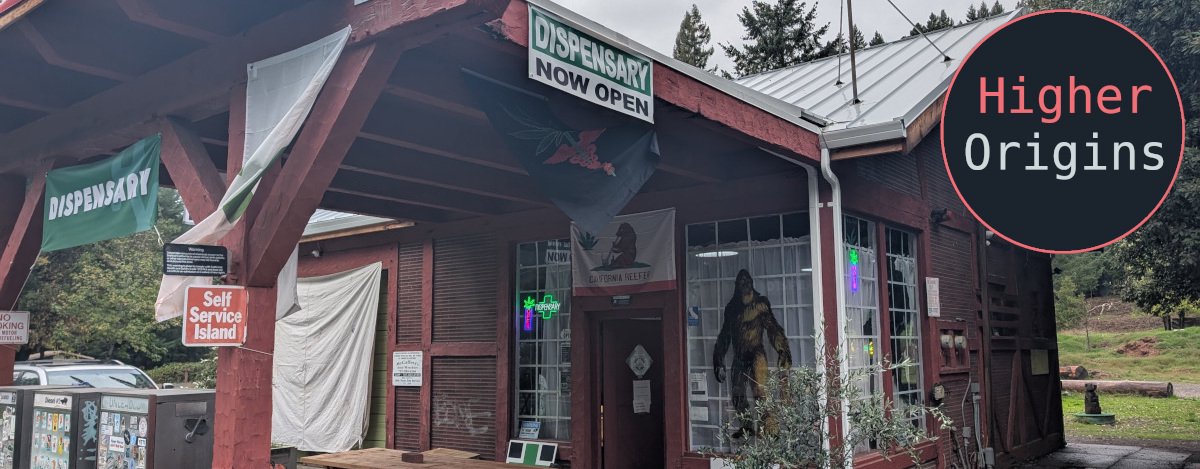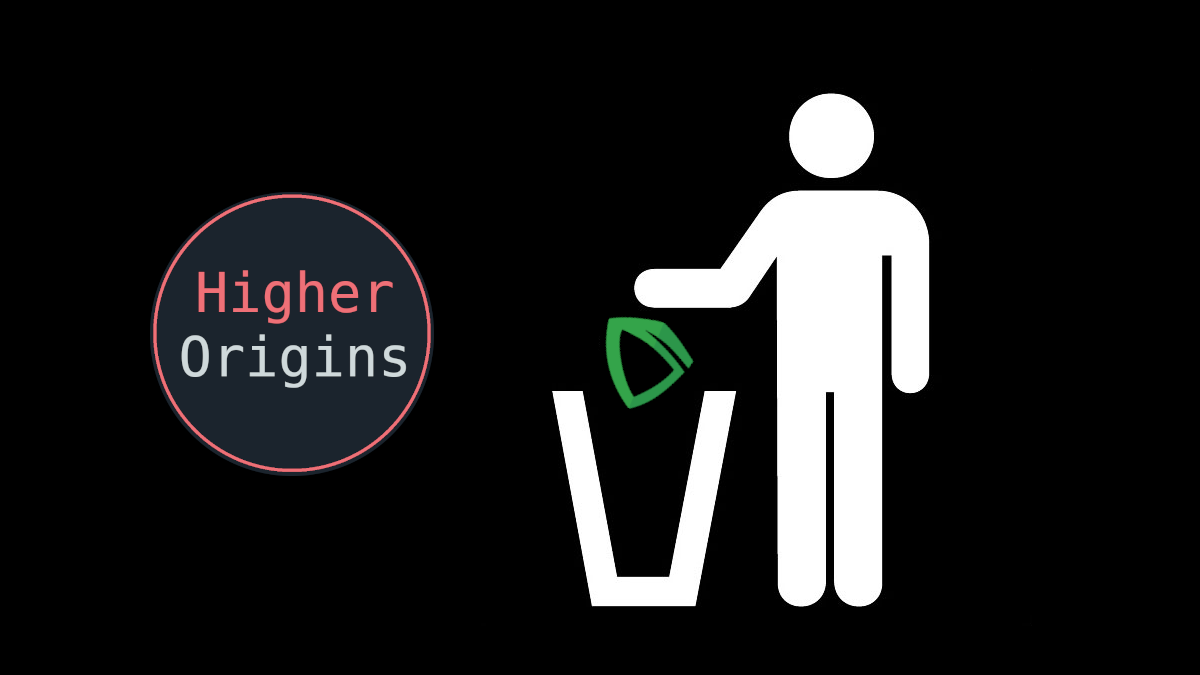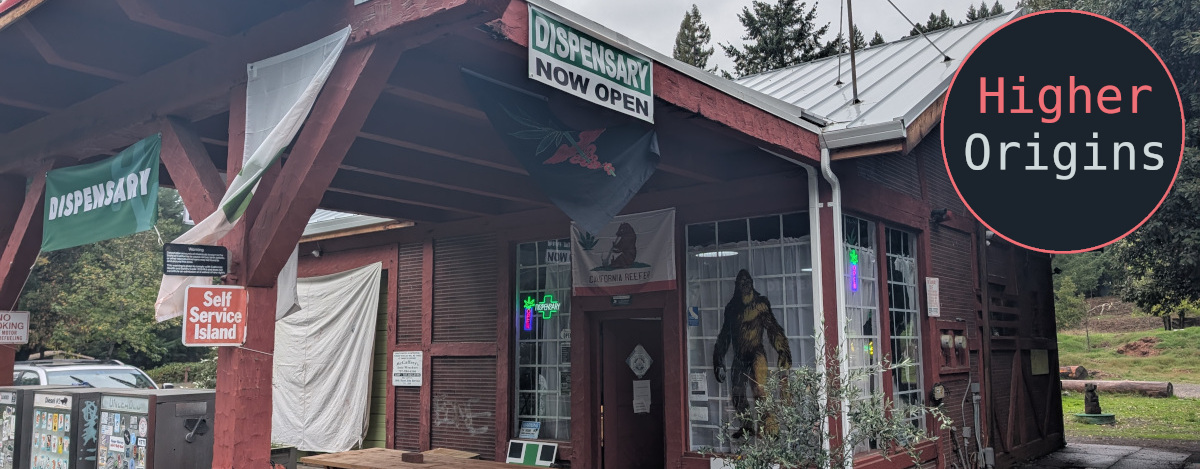Happy 4/20 everyone! As the growing season starts, we would like to take a look back at the first quarter of 2023, and see what trends in licensing are emerging that will influence this year’s market and crop. All data here is publicly provided by the State of California. As usual, remember that we aren't experts, and you should think very carefully and do your own research before making any significant business decisions based on this data.
Overall Performance of the Cultivation Industry Year over Year for Q1
Let’s start with the big one, cultivation. We prefer to break down cultivation by the size of business (how many licenses are held by one entity) and the square footage of legally licensed grow areas. We believe that this more accurately reflects the cultural and market position of these businesses.

As seen here, there has been a decline in the overall number of licenses, however, the disproportionate nature of this decline can’t be understated: large corporate grows are getting slaughtered out there. If we break it down by % change from the previous year, Huge businesses saw a 35% drop, Large businesses saw a 20% drop, Medium saw a 16% drop, and Small businesses only lost 7%. Overall, the market lost 18.3% of its total cultivation space from this time last year. This is a significant route, and the trend doesn’t seem to be at the bottom yet.
As always, keep in mind that some huge cannabis farm businesses don’t actually grow any weed- they just have a large number of licenses held for speculative purposes that they aren’t cultivating. Since the State doesn’t report on which farms are actually growing (which they could, since they have the METRC data), we can’t actually tell if a valid license translates to pounds on the market, or if a lost license translates to a reduction in production.
Types of Cultivation

When we look at this by the trends in growth type, it’s clear that the lion’s share of the losses were in outdoor, which makes sense considering most of them were in Santa Barbara and Humboldt, both regions with good outdoor conditions. Mixed light suffered as well. Indoor is the clear underdog however, growing by over 20% this year, largely due to expansion in the LA area.
Q1 Cultivation Gains and Losses


Let’s take a closer regional look at where these losses are coming from. Overall, the biggest moves were in Santa Barbara and Humboldt counties. The biggest losses were between Canyon Produce and Heirloom Valley, two megafarms. The difference however is that virtually all changes in Santa Barbara were from large corporate megafarms, while Humboldt’s changes were mostly on smaller farms. As expected, Mendocino county sustained losses and no gains, likely due to their failed county licensing systems. Likewise, it wasn’t all bad- while they were much less, there were some gains as well. So where do these changes leave us? Let’s look at the overall breakdown.
State of Cultivation in Q1

At the end of Q1 2023, this is what the market looked like in terms of square footage held by different businesses. As expected, Small farms still dominate the market, and Huge businesses are about a quarter. Interestingly, Large and Medium businesses are less common, it seems like for the majority, it’s either stay small, or go as big as you can.
Overall Performance of the Commercial Industry Year over Year for Q1
All that cannabis has to go somewhere, so let’s look at what happened with the commercial supply chain market.

It’s been an exciting year for the commercial space, with nearly every category rebounding in the new year after a significant fall slump. Transport seems level, while laboratories declined slightly, possibly due to increased scrutiny on testing fraud. Simply put, it looks like there’s going to be no shortage of retail options for sellers this year, although the competition might be brutal, especially in saturated areas like LA.
Q1 Gains and Losses in Commercial Licenses


What regions saw the most change in commercial licensing? It seems like the East Bay/Alameda area saw losses and turnover in delivery, while the biggest gains by far were in the LA delivery and retail spaces. Growth of commercial business naturally focused mainly on high population areas, although rural Humboldt saw some growth in distribution. There were no new Laboratories added in Q1.
To clarify, the county marked “Data Not Available” covers Event Organizers that are not specifically located in any one county.
Overall Performance of the Manufacturing Industry Year over Year for Q1

Hey California, do you want to turn your flower into cool new products? Apparently, you do! Manufacturing absolutely went nuts this year, especially in the category of nonvolatile extraction. This covers products like hash, pressed rosin, and forms of refining that don’t use powerful chemicals. Since early last year, growth has stabilized across all categories, and there seems to still be a slight positive trend, so manufacturing seems pretty healthy at the moment.
Q1 Gains and Losses in Manufacturing


Losses in Q1 were negligible, but growth was clearly strong, especially in the LA area. It seems like the rapid expansion of indoor and retail in the City Of Angels is fueling quite a bit of production growth. Again, most notable growth was in the cities, although Humboldt added a few facilities, presumably to make concentrates in-house before shipping their product south.
Analysis and Conclusions
Significant drops in huge cannabis farms in Santa Barbara county have driven much of the square footage loss in the last year, and that trend continues in Q1 of this year.
Retail and commercial licenses across the board are growing or remaining stable. Saturated and expensive areas like LA will see brutal competition, as retailers try and undercut each other on price, while trying to pay their huge licensing fees, creditors, and compete with the thriving illicit retail market in that area. A savvy consumer could try and get some good price matching deals...
The combination of dropping megafarm cultivation that produces commodity-priced cannabis, and the increase in retail and commercial services, indicates a seller’s market could be a possibility as we move forward into the year. With less cheap mass produced cannabis, and more buyers than ever, basic economic logic indicates positive price movement. Whether or not any increase in price per pound will trickle down to smaller farms or be absorbed by middle men remains to be seen.
Smaller farms did suffer a loss, however, they seem to be significantly more resilient than large farms.
Manufacturing capacity is bigger than ever and still growing. While unprocessed flower will be on top for a while, expect the increase in variety of cannabis derived products to only increase- California definitely has the production capacity for it!
Thanks for reading, and we hope your business has stayed open through this period of sustained license loss! If you're a retailer looking to fill the gaps in your shelves left by failed megafarms, check out Higher Origins Marketplace to source some small farm fire!
Onward and Higher!




















